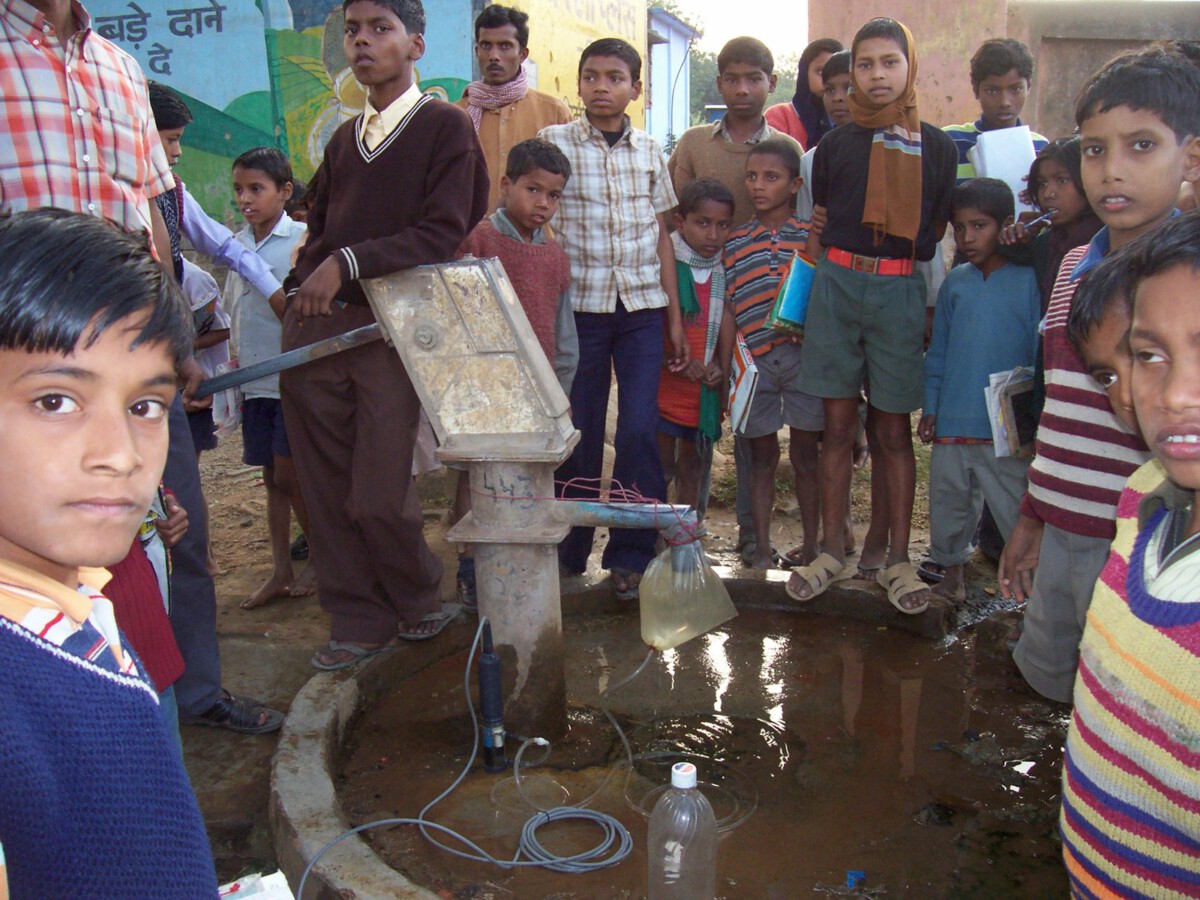The Deep Historical Roots of Regional Division

America’s regional differences aren’t just about politics or culture today – they trace back centuries to the original colonizing projects that shaped the continent. According to researchers studying American regional cultures, these rival colonizing projects that took hold on the eastern and southwestern rims of what is now the U.S. in the 17th and 18th centuries settled mutually exclusive strips of much of the continent, laying down cultural norms and attitudes toward authority, honor, diversity, government, individual liberty, communitarianism, identity, and belonging. These foundational differences create distinct “American Nations” that don’t follow state boundaries but instead cut across multiple states. These regions follow from rival colonization streams that diced many states — like Ohio, Illinois, Texas, Oregon and California — into multiple, discordant sections. It’s like trying to make a puzzle from pieces that were never meant to fit together in the first place.
Economic Powerhouses and Struggling Regions

Differences in productivity growth and shifting preferences for amenities—primarily due to changing technology and rising incomes—have generated variations in U.S. regional economic growth, with faster productivity growth in higher-income coastal areas than in lower-income regions in the middle of the country. The South and West have been experiencing rapid population growth, while many Northeast cities are finally seeing increases after years of decline. Cities of all sizes grew on average from 2023 to 2024 with Southern and Western cities experiencing accelerated growth, while New York City, Houston and Los Angeles saw the greatest numeric gains during this time and some cities in the Northeast and Midwest marked their first population increase in recent years. Migration rates of lower-skilled workers declined after 1980, while migration rates of higher-skilled workers increased, and this skill-based shift in migration patterns has exacerbated income differences across regions. Think of it like a sorting machine that’s separating America’s talent and leaving some areas behind.
The Civil War’s Lasting Shadow

There is a growing divide in US society and politics along old civil war battle lines, and the continuing legacy of the civil war remains. This isn’t just about history books – it shows up in real election data today. Biden was judged by the highly respected Cook Political Report to have 226 out of the necessary 270 votes in the electoral college, with the majority (116) coming from former Union states, while Trump had 235 votes, with a majority (135) coming from former states in the Confederacy. America’s friends and allies need to understand that the United States has become a Disunited States, as there are effectively two Americas – and they are at war, fighting over social, political and constitutional issues, and over what role the US should play in the world. It’s remarkable how geography from 160 years ago still predicts how Americans vote today.
Competing Worldviews Splitting the Nation

Americans are almost evenly divided between holding one of two competing worldviews, with 45% believing in a brighter world and 42% having a darker perspective. Individuals who hold the darker view of the world see threats to their safety everywhere and place the highest priority on government action to protect them from these perceived dangers, while individuals who hold a brighter view see the world as a place full of wonder with inherently good people living in it and want us all to become better connected. The gap between the two viewpoints has narrowed since June 2023 among every demographic and political segment, particularly among seniors, Democrats, Black voters, and liberals, with the 8% to 10% shift among key Democratic leaning groups potentially reflecting their anxiety over the possibility that Trump might return to the presidency. Imagine living in the same country but seeing completely different realities around you – that’s America today.
Political Polarization Beyond International Comparison

The 47 percentage point gap between those who support the governing party and those who do not was the largest gap found across 14 nations surveyed, and 77% of Americans said the country was now more divided than before the outbreak, as compared with a median of 47% in the 13 other nations. America’s relatively rigid, two-party electoral system stands apart by collapsing a wide range of legitimate social and political debates into a singular battle line that can make our differences appear even larger than they may actually be, and when the balance of support for these political parties is close enough for either to gain near-term electoral advantage – as it has in the U.S. for more than a quarter century – the competition becomes cutthroat and politics begins to feel zero-sum. 62% of Republicans and 54% of Democrats had a very unfavorable view of the other party in 2022, which is a higher percentage than it was just five years before. It’s like having roommates who can’t agree on anything and are stuck living together.
Hidden Unity Behind the Noise

Despite all the division we hear about, there’s actually more agreement than meets the eye. Americans’ values and personal opinions are more aligned than they are different from one another, indicating a hidden unity amid what at times can feel like divided discourse, and while there are notable differences on issues such as income equality and racial equity, Americans across the political spectrum are largely on the same page regarding many other key topics, including the country’s military strength, job market conditions, legal framework and commitment to social justice. Think of it like arguing siblings who actually share the same fundamental values but fight over the details. The media amplifies the disagreements while the quiet agreements go unnoticed in daily life.
Energy Production Uniting Regions

Biofuels, wind, and solar production each set records in 2024, contributing to record total renewable energy production in the United States, while domestic crude oil accounted for about 27% of U.S. total energy production in 2024, as the United States continues to be the world’s top crude oil-producing country with U.S. crude oil production reaching a record 13.2 million barrels per day in 2024. Almost all of the production growth came from the Permian region that spans parts of New Mexico and Texas. Energy production shows how different regions can contribute to national success – the sunny Southwest powers solar farms, the windy Plains drive turbines, and Texas and North Dakota pump oil. Coal accounted for about 10% of U.S. total energy production in 2024, with last year’s coal production of 512 million short tons being the lowest annual output since 1964. This shift represents how America adapts together while respecting regional strengths.
Cultural Melting Pot vs Regional Identity

People often describe America as a “melting pot” since the American population is a blend of so many different groups, each one with its own histories, traditions and customs, making the United States one of the most culturally diverse countries in the world, with this diversity reflected in every facet of American culture. Although analysis has confirmed that factors such as ethnicity and religion are important for defining American cultural regions, there is substantial variation in the relevance of these factors across the US, and other subtler cultural patterns—such as a focus on social interaction, the outdoors, family, and leisure—have been identified which have been overlooked in previous research. There are certain styles of cooking that Americans identify with a particular region of the country, with southern cooking especially popular in parts of the southeast U.S., featuring battered and fried foods, cornbread, fruit pies and other baked goods, jams, sweetened ice tea, and other dishes. Food tells the story of where we come from while bringing us together around shared tables.
Rural vs Urban Economic Divides

For high-skill workers, there are benefits of locating in an urban area, and there’s been discussion of education-based rural-urban migration. When Boston experiences faster-than-average productivity growth, wages go up, but few new homes are built, so Bostonians spend most of their higher wages on higher rent, and while both a lower-skilled worker and a higher-skilled worker might learn about jobs that would pay them more in Boston, because rent is so high in Boston, only the higher-skilled worker decides that the move is economically beneficial because higher-income households spend smaller shares of their incomes on housing, making them less sensitive to changes in housing prices. Rural areas lose their most educated young people to cities, creating a brain drain that makes regional inequality worse. It’s a cycle where opportunity concentrates in expensive places that only some can afford.
Regional Differences in Tradition vs Change

A 2022 cross-national survey explored tradition and change, asking respondents whether they believe their country will be better off in the future if it sticks to its traditions and ways of life, or if it is open to changes regarding its traditions and ways of life, and the gap was largest by far in the United States, where 91% of liberals say the country will be better off if it embraces change, compared with just 28% of conservatives. This massive 63-point gap shows how differently Americans view progress itself. Some regions see change as threatening their way of life, while others see tradition as holding them back. Mindsets around gender are in flux—and lie at the center of a volatile site of contestation in American culture, while individualistic and reactionary thinking is gaining traction among younger people. It’s like living in a country where half the people want to drive forward and half want to reverse.
Housing and Population Growth Patterns

The nation’s housing stock grew by about 1.4 million units between 2023 and 2024, reaching a total of 146.8 million, with California having the largest number of housing units (14.9 million), followed by Texas (12.6 million) and Florida (10.6 million), while Idaho experienced the nation’s fastest growth in housing units, with an increase of 2.2% between 2023 and 2024, followed by Utah at 2.0% and North Carolina at 1.9%. In 2024, the Northeast experienced population growth after years of steady decline, with rates ranging from an average growth of 0.1% in cities and towns with fewer than 5,000 people to 1.0% average growth in cities with populations of 50,000 or more, while the Midwest showed modest population growth with average rates varying by population size, and the South experienced the highest average population growth of any region. People vote with their feet, and they’re heading to places with jobs, affordable housing, and good weather.
Economic Growth Concentrating in “Superstar Cities”

The places growing the fastest have been described as “superstar cities” because they are home to much of the innovation driving overall U.S. economic growth, but on the other hand, their high costs of living are crowding out lower-income residents. Real gross domestic product increased in 48 states and the District of Columbia in the fourth quarter of 2024, with the percent change ranging from 5.1 percent at an annual rate in Arkansas to 0.6 percent in Vermont and remaining unchanged in Idaho and South Dakota, while personal income increased in all 50 states and the District of Columbia in the fourth quarter of 2024, with changes ranging from 6.1 percent at an annual rate in Delaware to 2.4 percent in Louisiana. Success breeds success, but it also prices out the very people who helped build these communities. The American dream is becoming geographically segregated by income.
The Future of American Regional Identity

Beneath the surface were some significant developments, with Trump improving on his 2020 performance in every region, both the nine major ones that are located primarily within the current borders of the United States and three of the smaller “enclaves,” and in all but one of those regions, 2024 was his best performance to date, improving even on his 2016 numbers, with his most considerable improvements in three ethnographically diverse, communitarian-minded regions: New Netherland, El Norte, and Spanish Caribbean, each moving over ten points in his direction since 2016. A quarter century of political, social, and economic upheaval has left little mark on the political behavior of the “American Nations” regions. Regional cultures appear remarkably stable, suggesting that what divides America runs deeper than any single election or crisis. The question isn’t whether these differences will disappear, but how we’ll learn to live with them – or whether we can.
Have you ever wondered if the regions that seem so different might actually need each other more than they realize?





